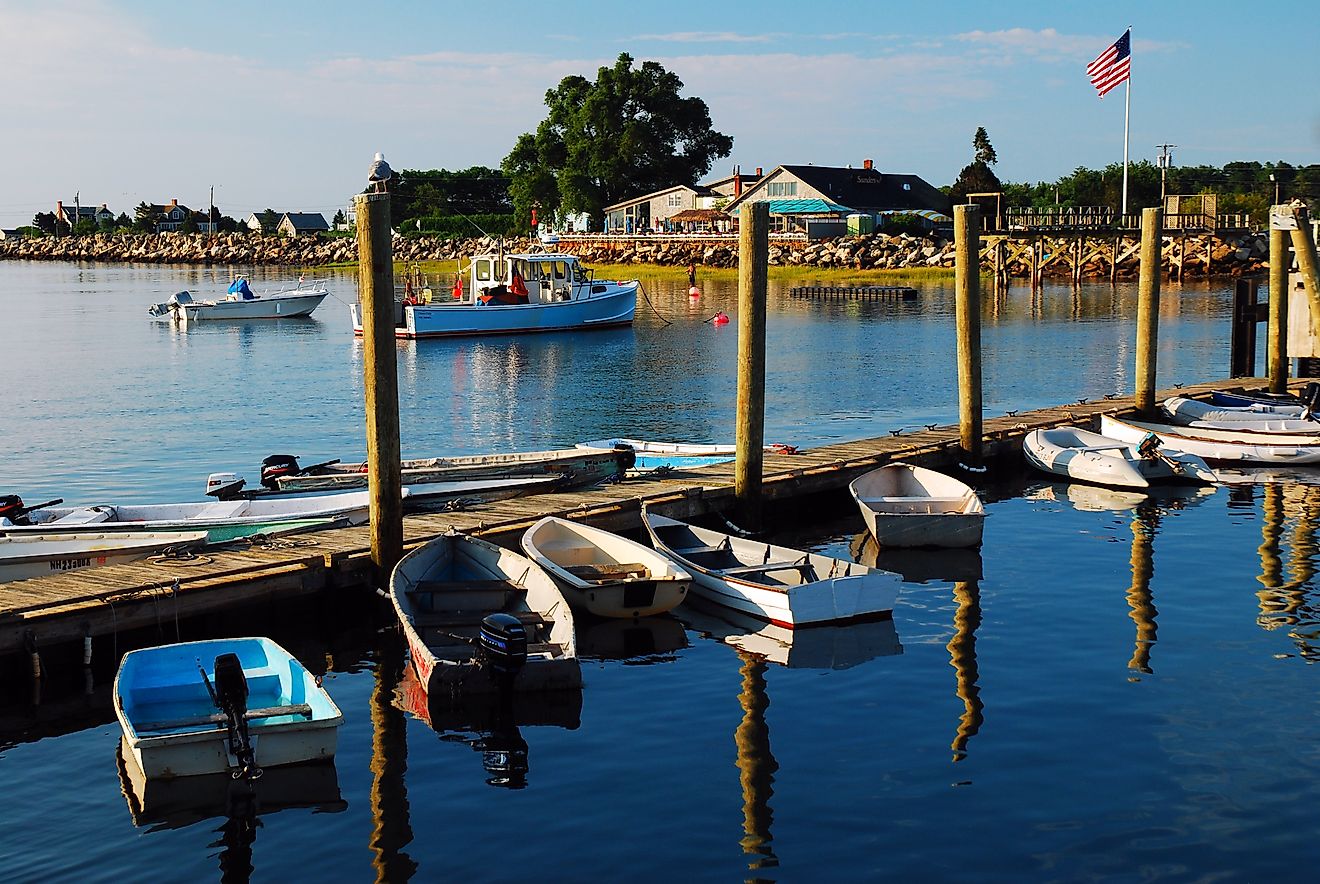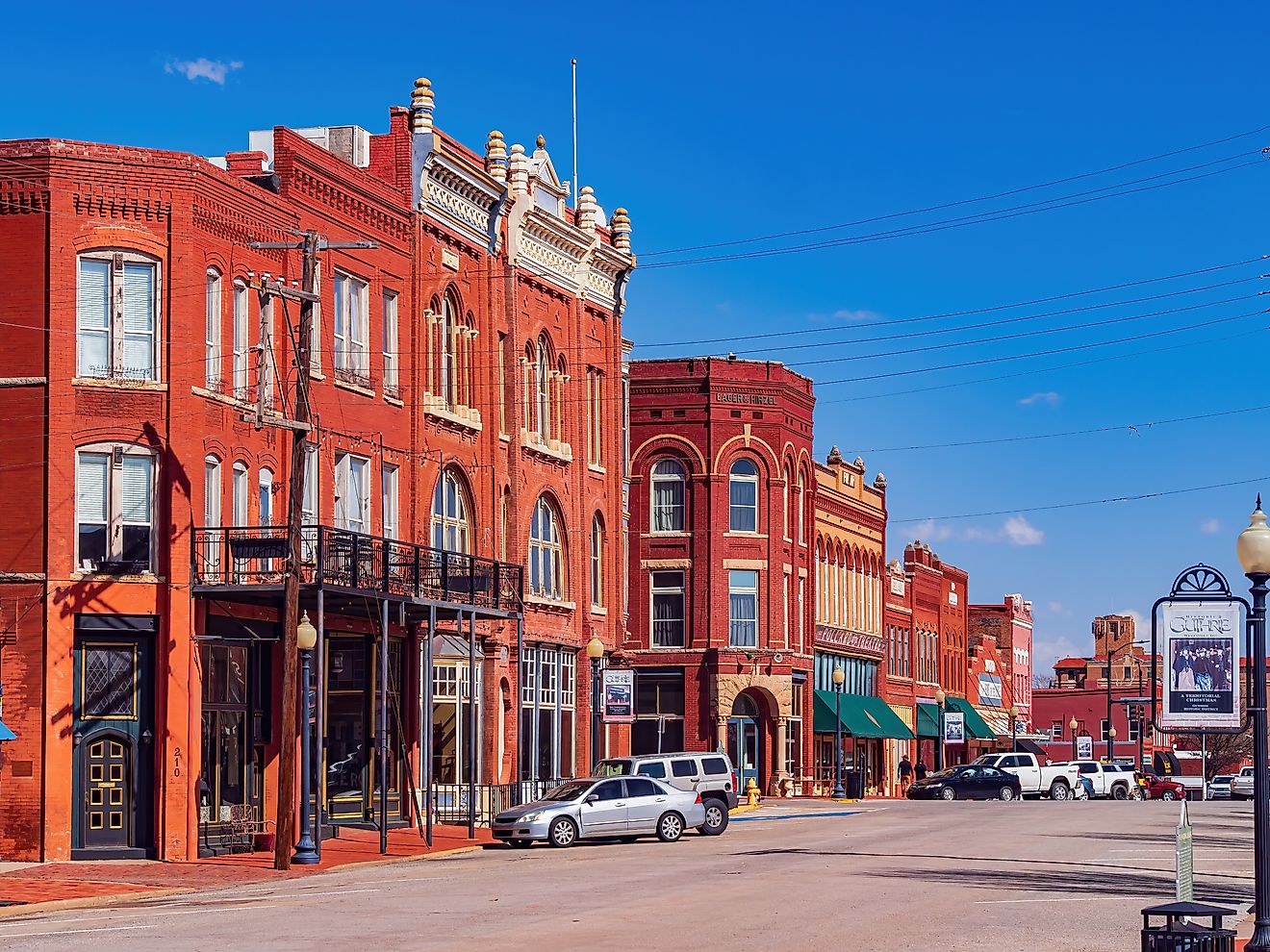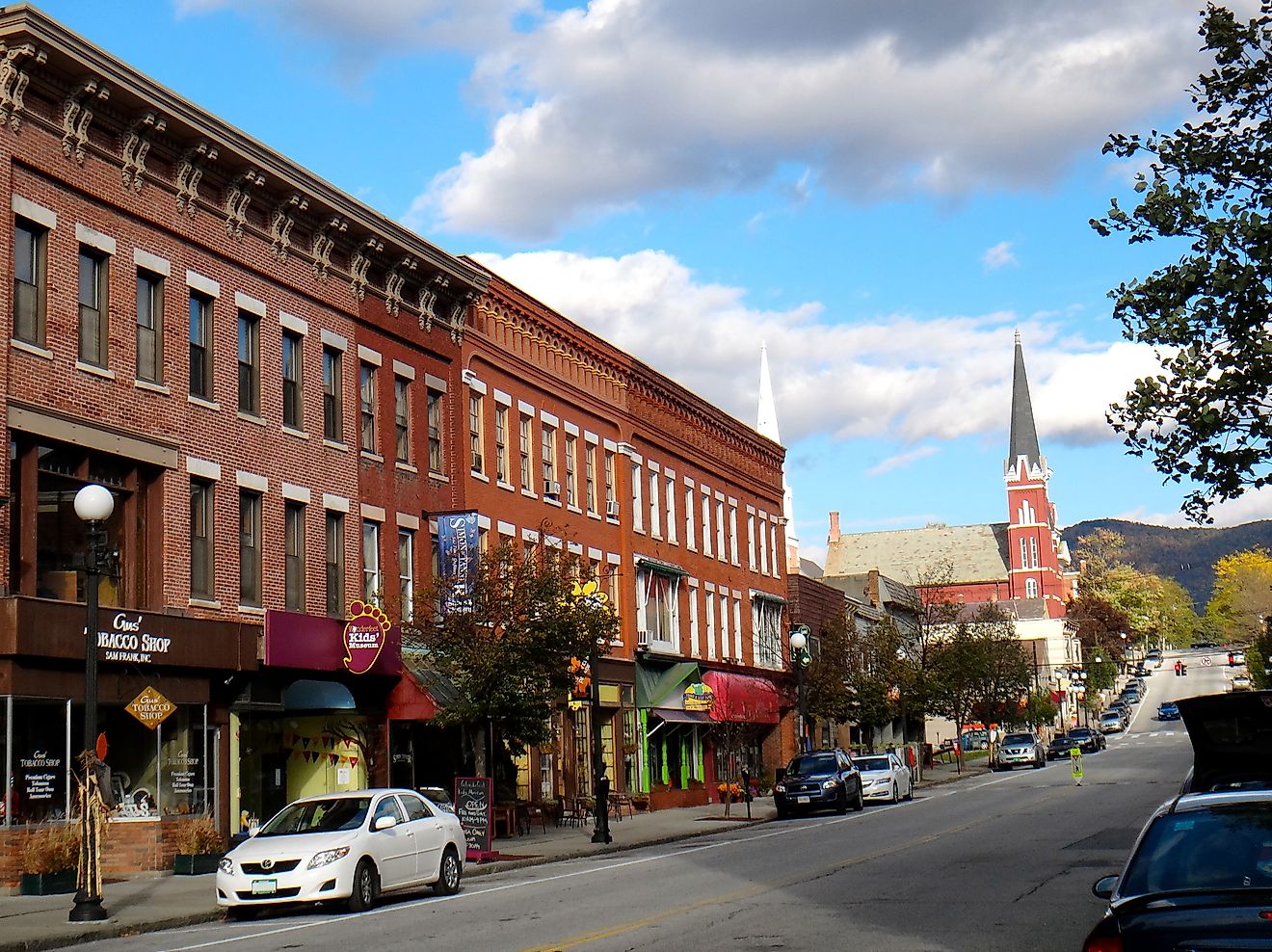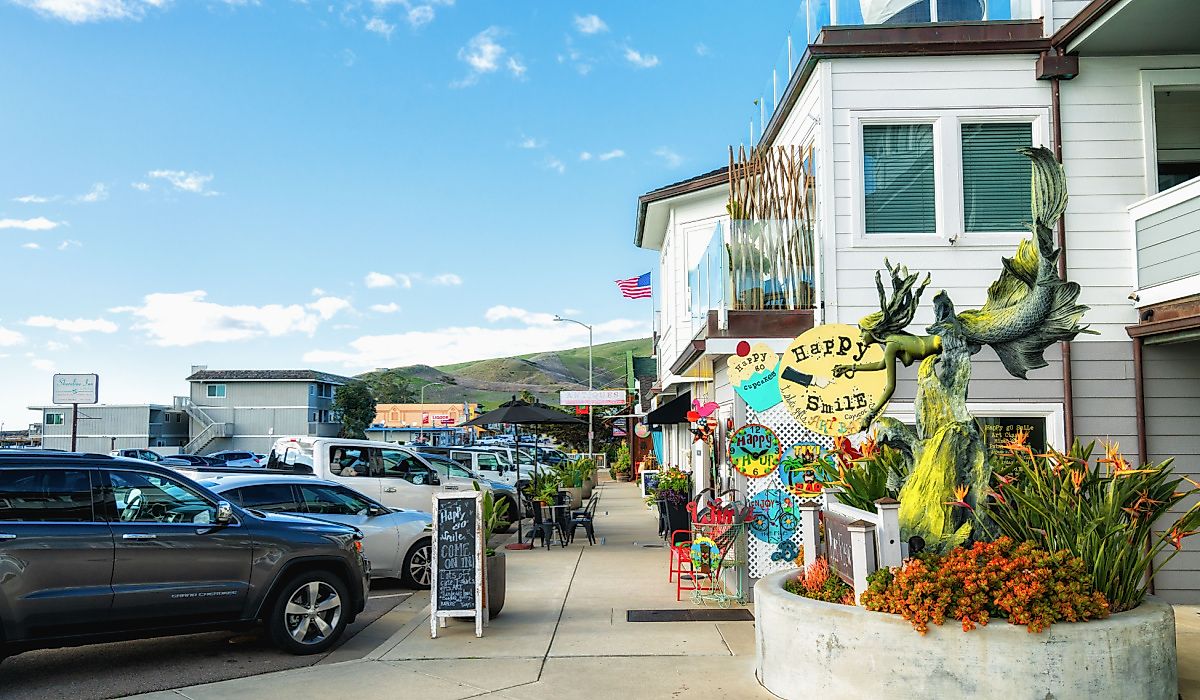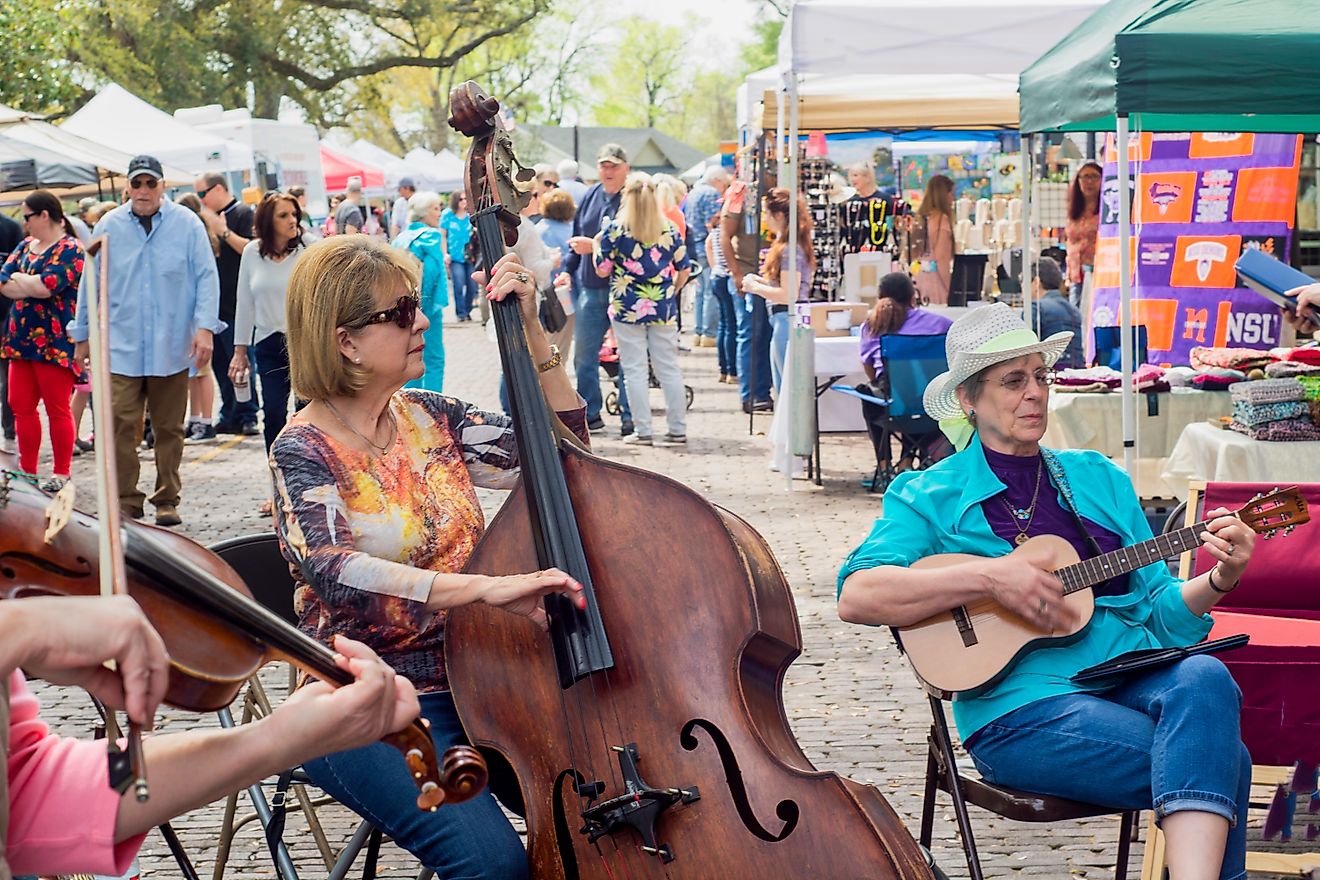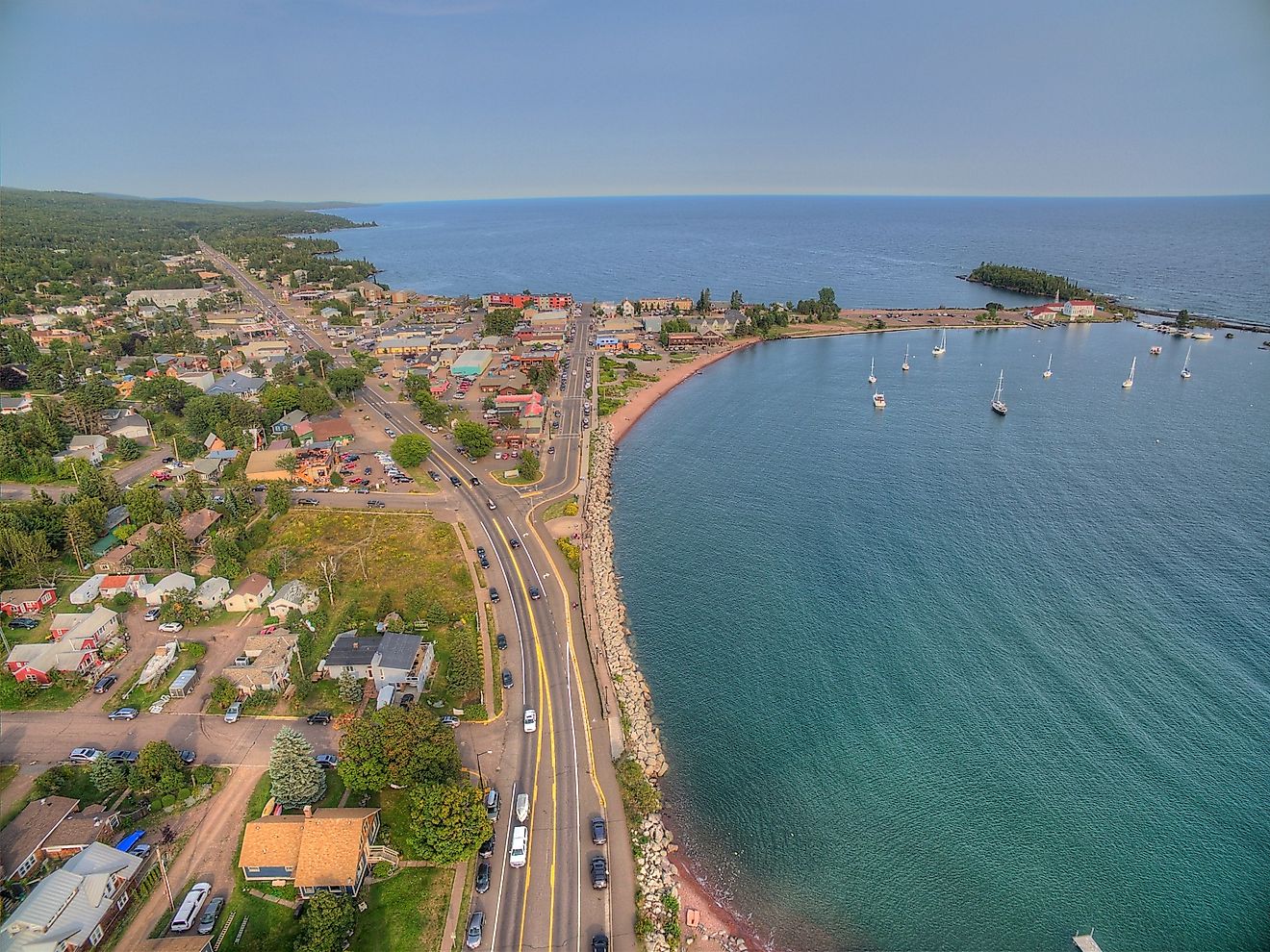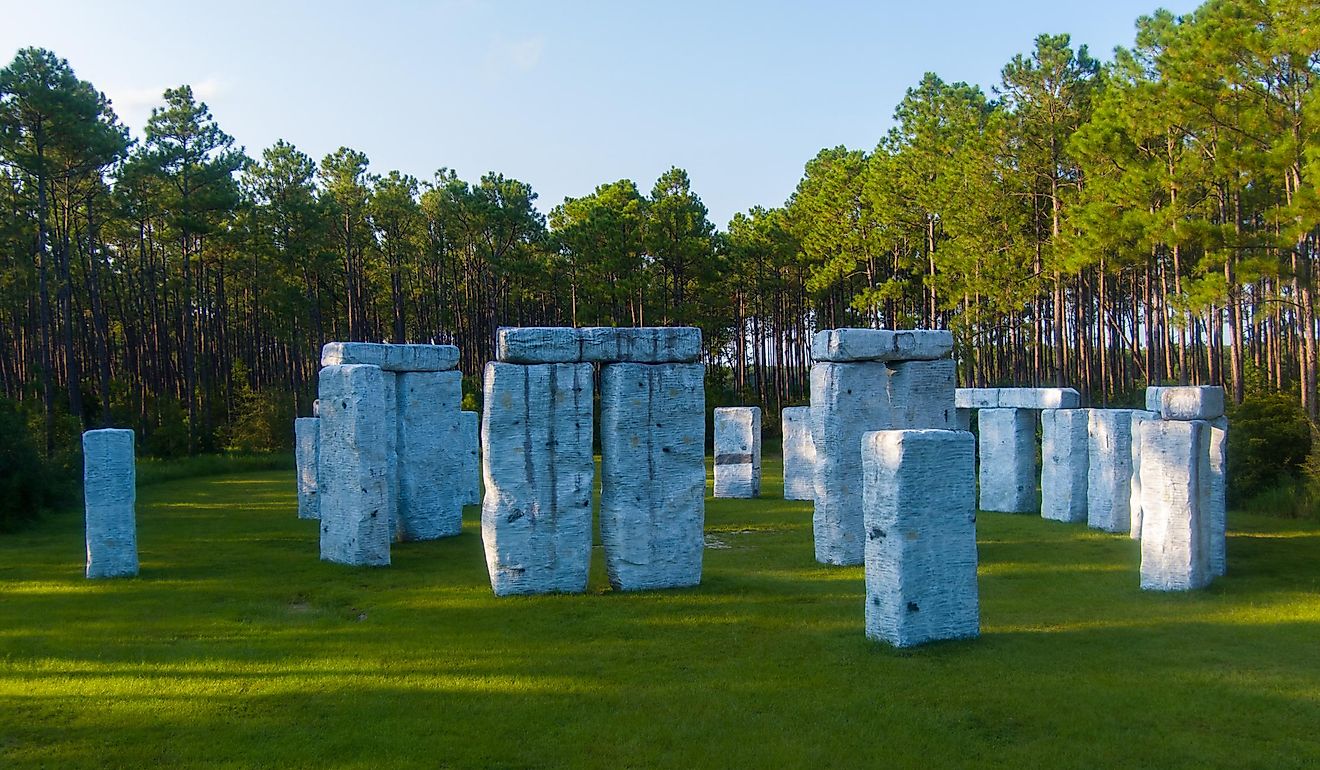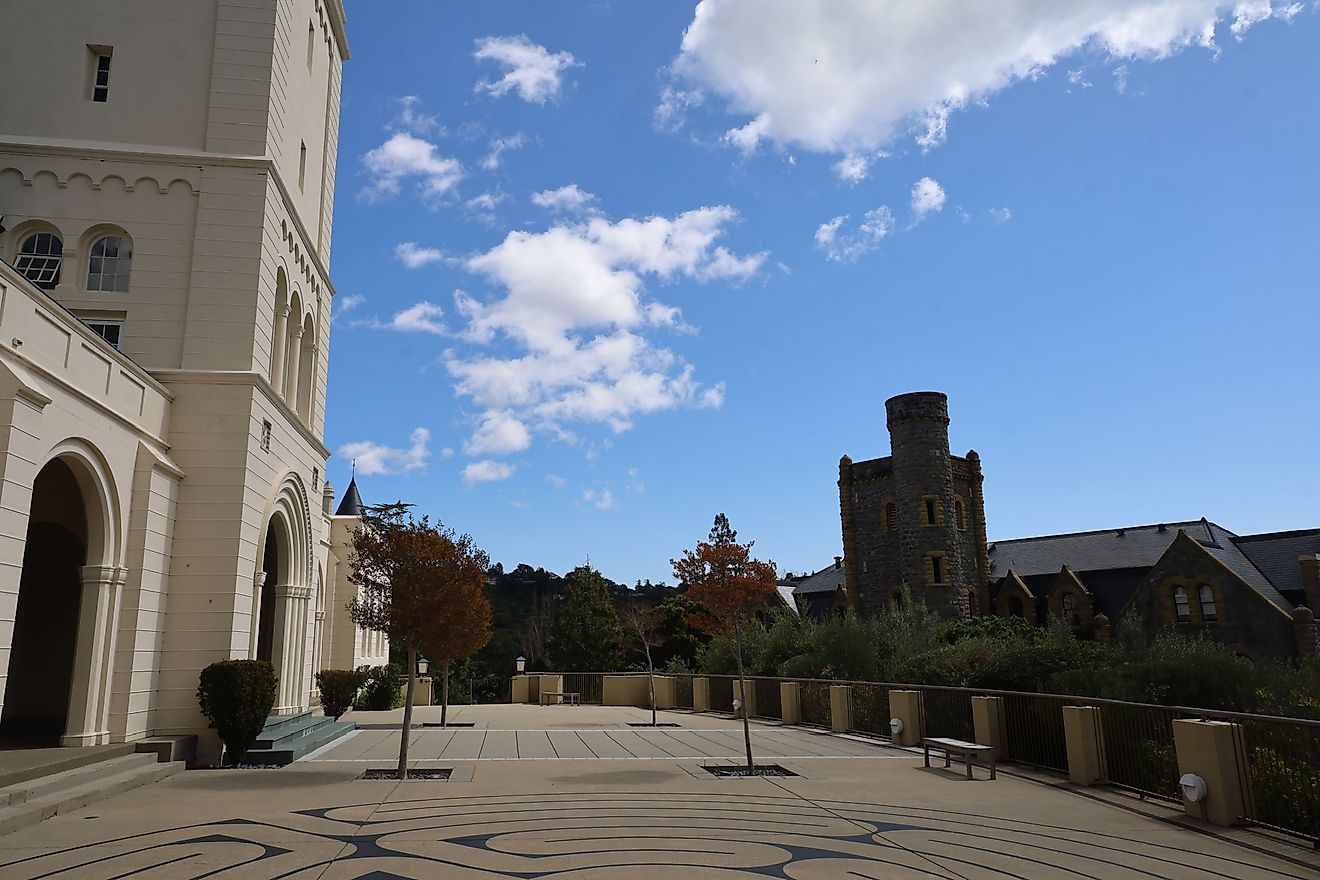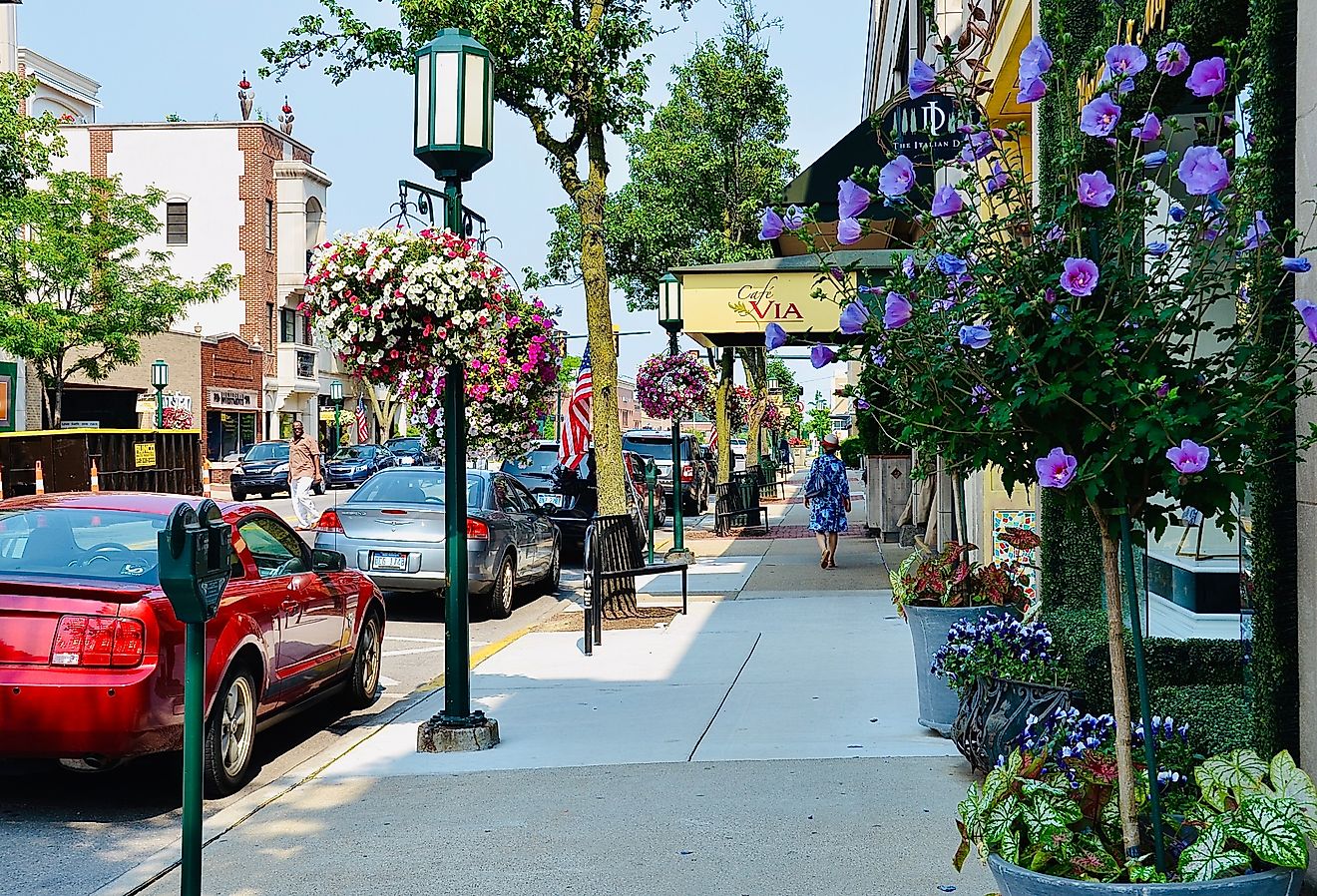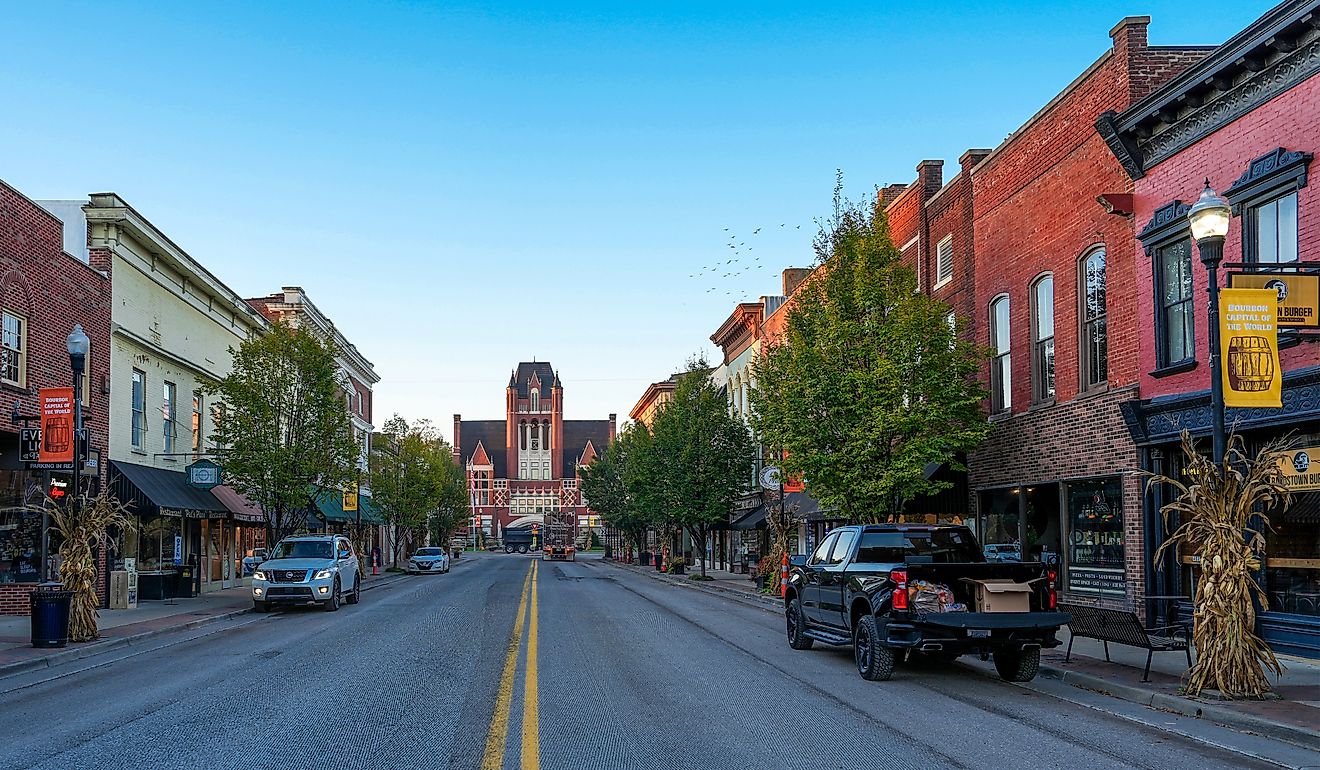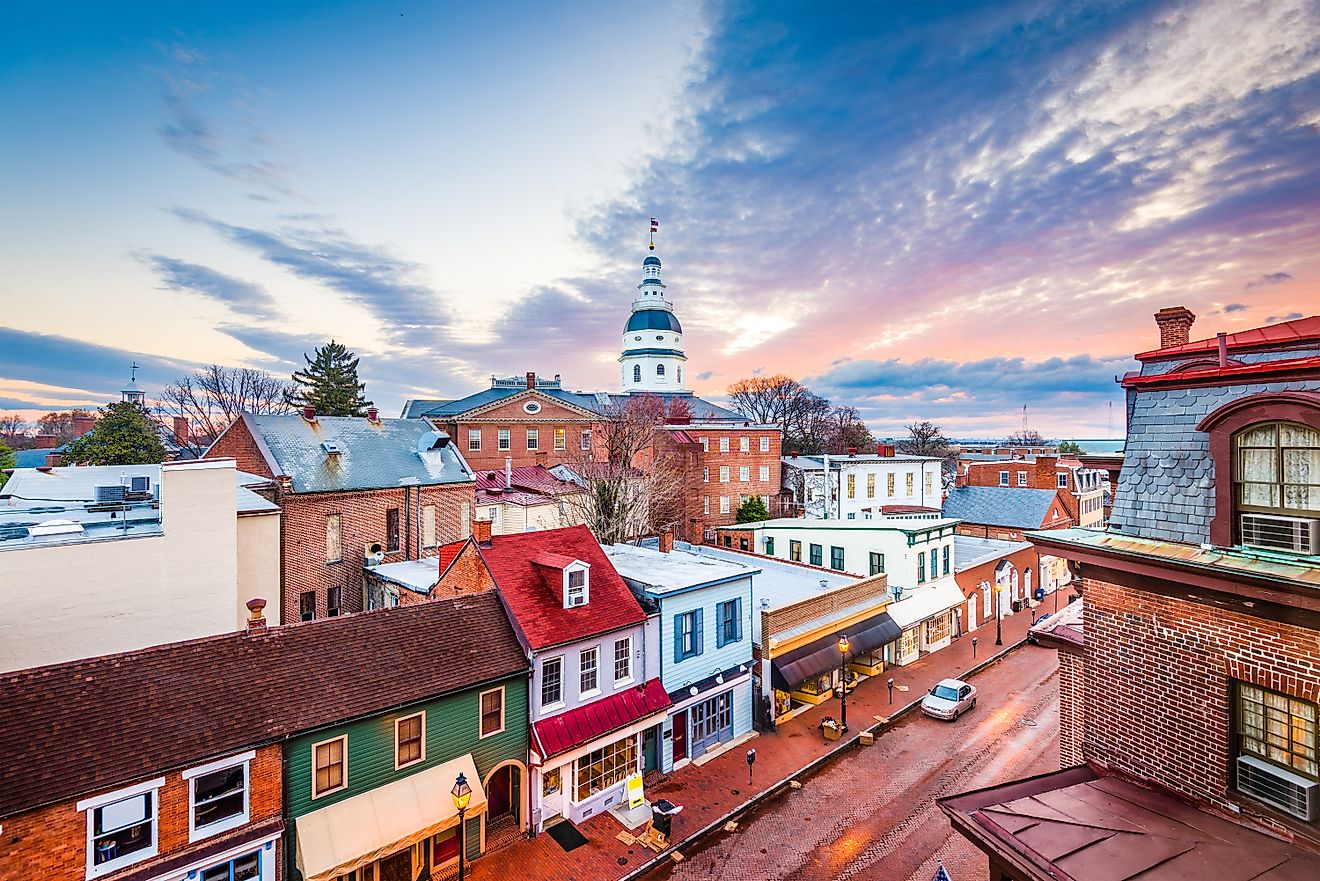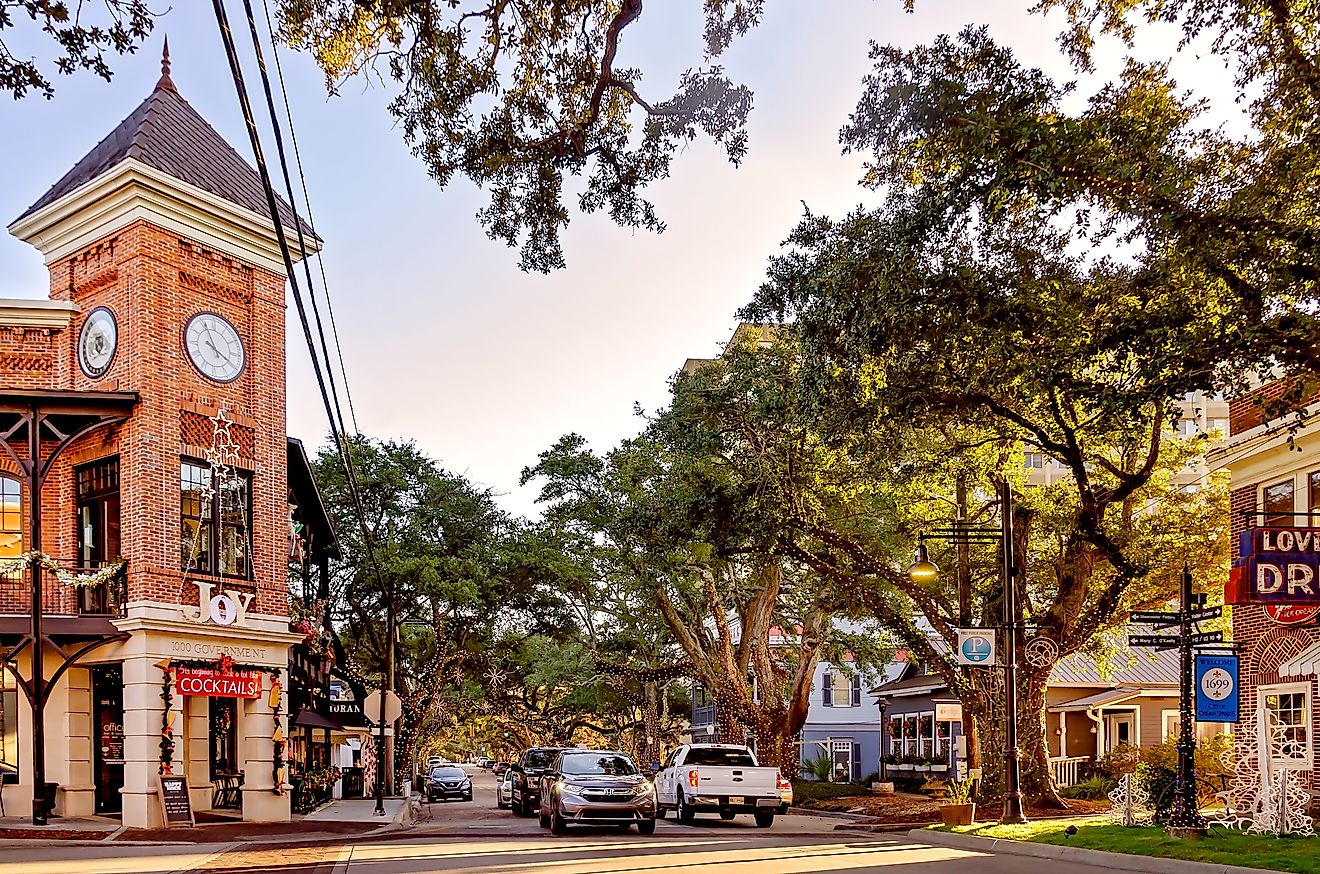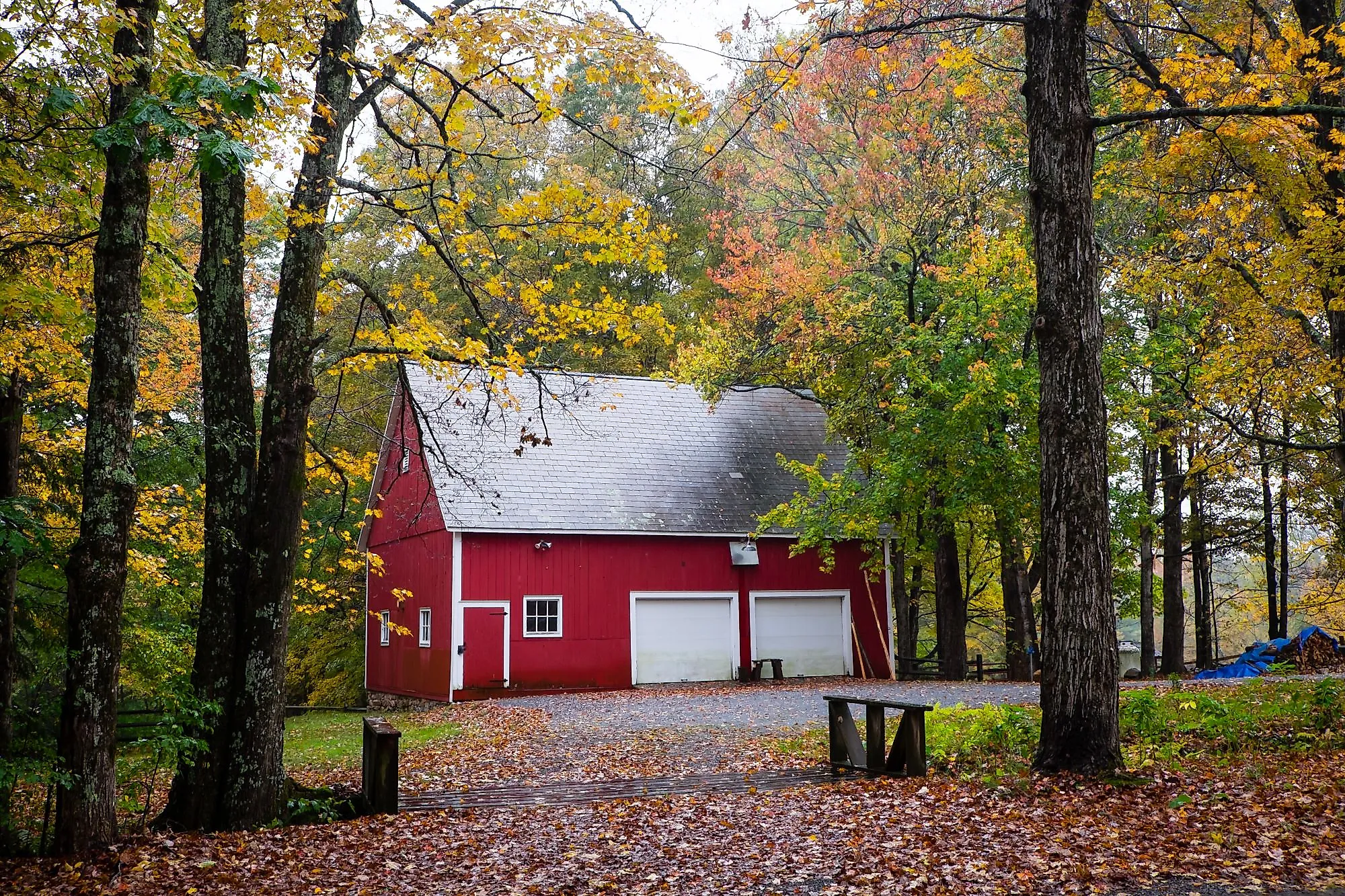
Manchester, Vermont
Manchester is a town situated in Bennington County in the southwestern portion of the US State of Vermont. The town also includes Manchester Village, Manchester Center, and Manchester Depot and is located along the Batten Kill River amid the Taconic Range and the Green Mountains. Manchester has been attracting tourists, especially those coming from New York and Connecticut, who come for shopping and recreation purposes.
Geography And Climate Of Manchester
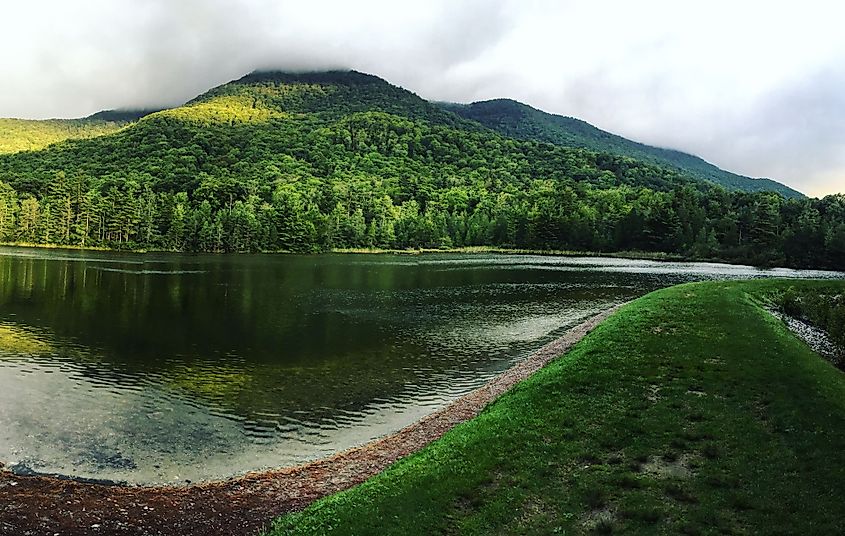
Manchester is situated in the north-central portion of Bennington County, surrounded in the east by the Green Mountains and in the west by the Taconic Range. Equinox Mountain, which is considered the tallest summit in the Taconic, peaking at 3,850 feet in height, is located in the western part of the town. Moreover, several rivers like Batten Kill, Bourn Brook, Bromley Brook, Lye Brook, and Munson Brook drain Manchester. The Lye Brook Falls Hiking Trail is a famous local attraction and leads to one of the highest waterfalls in Vermont. The town covers a total area of 109.4 sq. km, of which 109.1 sq. km are occupied by land, and 0.3 sq. km are covered by water.
The climate in Manchester is humid continental, characterized by warm and wet summers, and freezing snowy winters, with partly cloudy conditions around the year. Moreover, the temperature usually varies between -11 °C and 26 °C and is hardly below -21 °C or above 30 °C. For tourists wishing to visit Manchester, the best time of year for warm-weather activities is between June and September.
Brief History Of Manchester
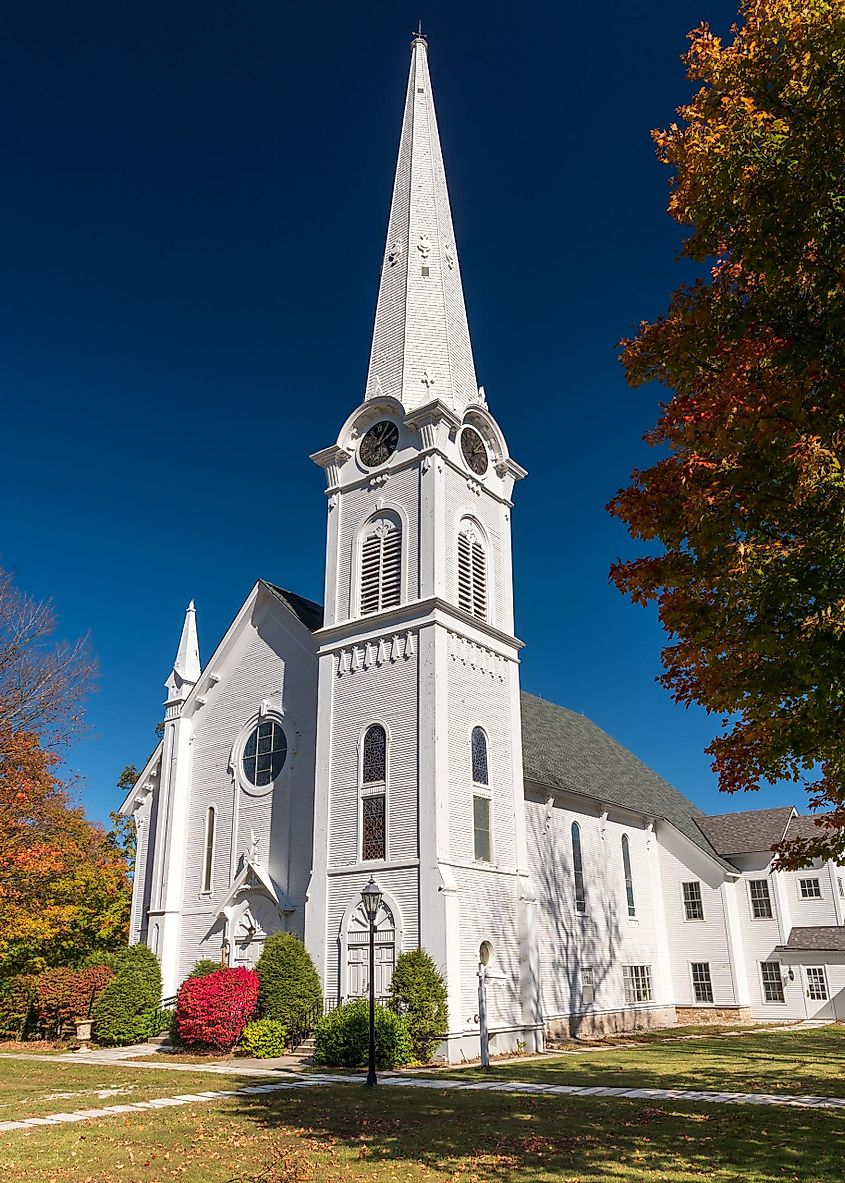
Manchester was one of many towns that got chartered in 1761 by Benning Wentworth, who served as the colonial governor of New Hampshire and used to name new towns after main English aristocrats of the day, hoping they might implement a patriotic interest behind their names. Wentworth named Manchester after Robert Montagu, who used to be the third Duke of Manchester, England. The area was initially settled in 1764 and then was laid out in 1784. Other productions came to embrace iron mines, marble quarries and mills, and lumber firms. The arrival of the railroad, inspired by major cities like New York City, attracted tourists who were interested in Manchester's historical construction and beautiful location among mountains. After the Civil War, the town developed into a prosperous resort area that still flourishes today. The town hosts three different state-recognized historic districts; the first is the Depot district, situated on Highland Avenue and Elm Street. The second is Bonnet Street, located on the north of Main Street, and the third is Main Street itself.
The Population And Economy Of Manchester
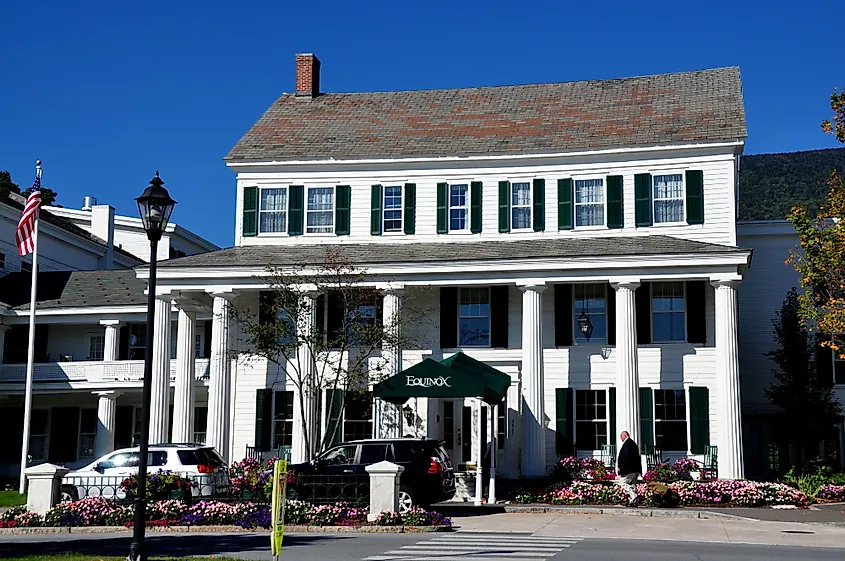
The population of Manchester is estimated to be around 4,484 residents, of which 86.45% of those residents were born in the United States, with 14.75% having been born in Vermont. However, 1.89% of residents are not US citizens, with the majority of them originating from Europe.
Due to the beautiful scenery of Manchester, and the active tourism traffic in it, the economy of the town relies mainly on Accommodation and food services, followed by retail trade, which is strived by residents and tourists who come to the town for shopping. From another economic perspective, the average annual income of a Manchester resident is estimated to be around $36,243, undergoing a rate of 7% sales tax and 6.8% income tax.
Top Attractions In Manchester
Hildene, The Lincoln Family Home
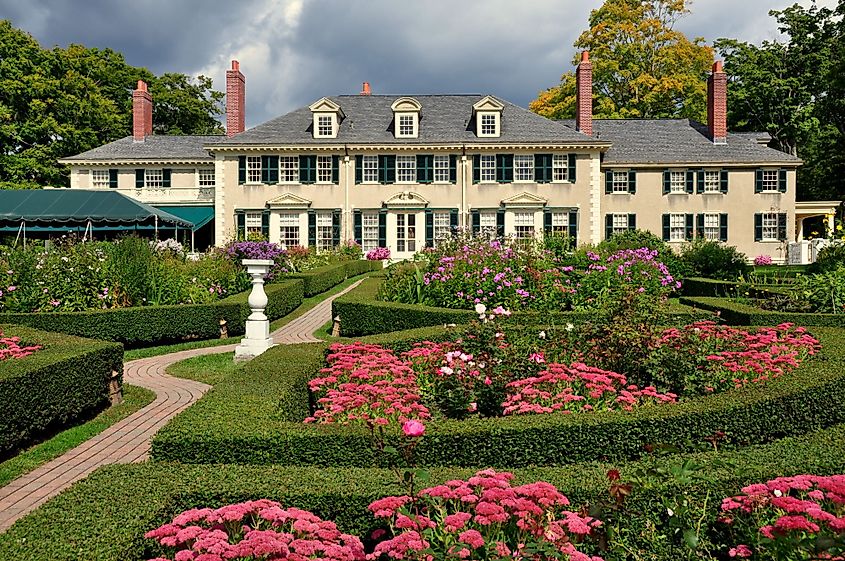
The historic home of Robert Lincoln, who was the son of President Abraham Lincoln and Mary Todd Lincoln. The Home features attractive gardens, as well as a restored wooden Pullman palace railcar that goes back to 1903. Moreover, the estate hosts a goat farm and cheesemaking area, in addition to more than 12 miles of walking trails and cross-country skiing slopes in winter.
American Museum of Fly Fishing
The American Museum of Fly Fishing was set up by a group of passionate anglers who thought that the history of angling was a significant factor in American culture and tradition. The Museum serves as an organization that deals with the research, reserve, and understanding of the treasures of angling history. Today, the Museum helps as a source and custodian of the world’s most extensive collection, with thousands of angling and angling-related materials. The Museum’s collections display the evolution of fly fishing extensively as a sport, craft, and manufacturing in the United States and all over the globe since the sixteenth century.
Furthermore, Manchester is home to many boutique hotels, charming inns, and cottages, in addition to designer outlets and locally-owned shops, and romantic marble sidewalks that reflect New England history. If you're searching for the perfect fall escape or a few days on the slopes, the small but charming town of Manchester is one of the best areas in Vermont for every season.
